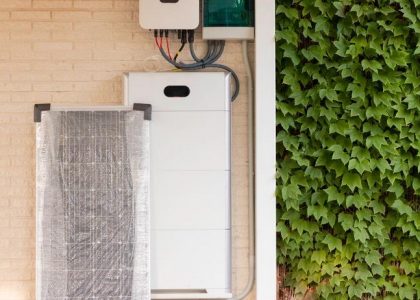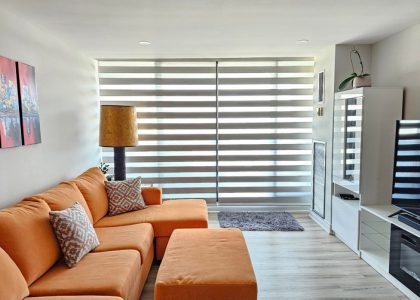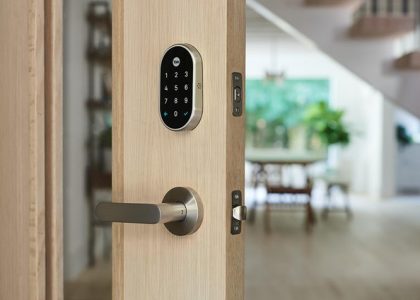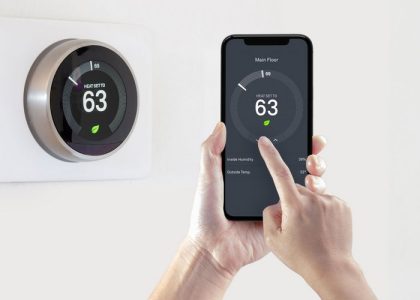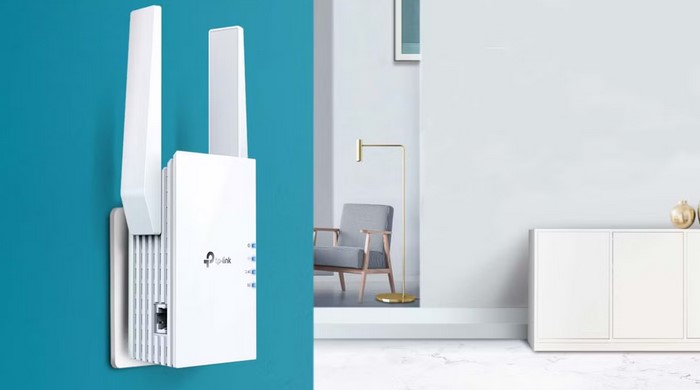
In today’s connected world, having a reliable and fast internet connection is crucial. However, one common issue that many homeowners and businesses face is weak Wi-Fi signals in certain areas of their space. This is where a Wi-Fi extender can make a significant difference. A Wi-Fi extender amplifies your existing Wi-Fi signal and extends coverage to hard-to-reach areas. Proper Wi-Fi extender placement plays a vital role in achieving seamless connectivity and ensuring that the device functions effectively. This article will guide you on how to choose the best location for your Wi-Fi extender to maximize its performance and ensure reliable, fast internet access throughout your space.
1. Understanding Wi-Fi Extenders and Their Functionality
Before diving into the details of Wi-Fi extender placement, it’s important to understand how these devices work. A Wi-Fi extender acts as a repeater, picking up the signal from your router and then retransmitting it to extend the coverage area. The goal is to eliminate dead zones in your home or office, providing a stable internet connection even in areas that are far from your router.
Wi-Fi extenders typically operate on the same frequency as your router (either 2.4 GHz or 5 GHz), and they function best when placed in areas that allow them to receive a strong signal from the router. However, the key to maximizing their effectiveness lies in strategic placement. If the extender is placed too far from the router, it may not be able to pick up the signal properly, reducing its ability to extend coverage effectively.
How a Wi-Fi Extender Works
- Reception: The extender receives the existing Wi-Fi signal from your router.
- Transmission: It amplifies and transmits the signal to the areas with weak or no connectivity.
- Coverage Area: The extended signal allows devices in previously weak zones to connect to the internet without issues.
The key factor in maximizing the benefits of a Wi-Fi extender is Wi-Fi extender placement, which directly affects the strength and stability of your network.
2. Key Factors to Consider for Optimal Placement
When deciding where to place your Wi-Fi extender, there are several factors to keep in mind that will help ensure you get the best performance. These include the distance from your router, interference from physical obstacles, and the location of devices that need a strong signal.
Distance from Router
The first factor to consider in Wi-Fi extender placement is the distance from your main router. If the extender is too close to the router, it may not be necessary, as the router’s signal can already cover that area. On the other hand, if the extender is too far away from the router, it may not receive a strong enough signal to effectively amplify it. The ideal distance is typically halfway between the router and the area with weak Wi-Fi coverage. This ensures the extender receives a stable signal and can then retransmit it to the required location.
Avoiding Physical Obstructions
Walls, floors, ceilings, and large metal objects (such as refrigerators and filing cabinets) can interfere with Wi-Fi signals. When placing your Wi-Fi extender, avoid areas where thick walls or obstructions can weaken the signal. Placing the extender in an open area, such as a hallway or near the center of the home, will help improve its ability to receive and transmit a strong signal.
Minimizing Interference from Other Electronics
Other electronic devices in your home or office, such as microwaves, cordless phones, baby monitors, and Bluetooth devices, can cause interference with Wi-Fi signals. Make sure to place your extender away from these devices to ensure optimal performance. Ideally, place the extender in an area that is free from electronics that may interfere with its signal transmission.
3. Best Locations for Wi-Fi Extender Placement
Now that we’ve covered the key factors to consider, let’s explore the best locations for placing your Wi-Fi extender. The ideal placement largely depends on the layout of your space, but there are some general guidelines to follow.
Central Locations for Maximum Coverage
For most homes or offices, the best place to put your Wi-Fi extender is in a central location, roughly halfway between the router and the area where you need better coverage. If the signal is weak in specific rooms or floors, placing the extender in a hallway or large open area in the center of the house can help distribute the Wi-Fi signal more evenly across your space.
For multi-story homes, placing the extender on a staircase or near the center of the upper floor can help provide coverage to both levels. Avoid placing the extender in a corner of your home or at one end of the house, as this can limit its effectiveness in reaching distant rooms.
Elevation Matters
Placing your Wi-Fi extender at a higher elevation can also improve the signal. Wi-Fi signals generally travel better when they are elevated, so consider placing your extender on a shelf or high table, especially if you’re trying to reach areas on different levels of your home. This will help the extender transmit the signal more effectively and reduce interference from furniture or other obstacles.
In Proximity to Wi-Fi Dead Zones
If you are using a Wi-Fi extender to eliminate dead zones, make sure it is placed as close to the dead zone as possible, while still being within range of the router’s signal. This placement will allow the extender to effectively amplify the signal in the area that needs it most, providing a seamless internet connection.
Proper Wi-Fi extender placement is key to maximizing your network’s coverage and performance. By considering factors such as the distance from your router, avoiding interference from obstacles, and selecting a central, elevated location, you can ensure that your Wi-Fi extender works effectively to eliminate dead zones and enhance connectivity throughout your space. With the right placement, your extender can provide reliable internet access, helping you stay connected and productive. Whether you’re working from home, streaming media, or gaming, a well-placed Wi-Fi extender can make all the difference in achieving seamless connectivity.

